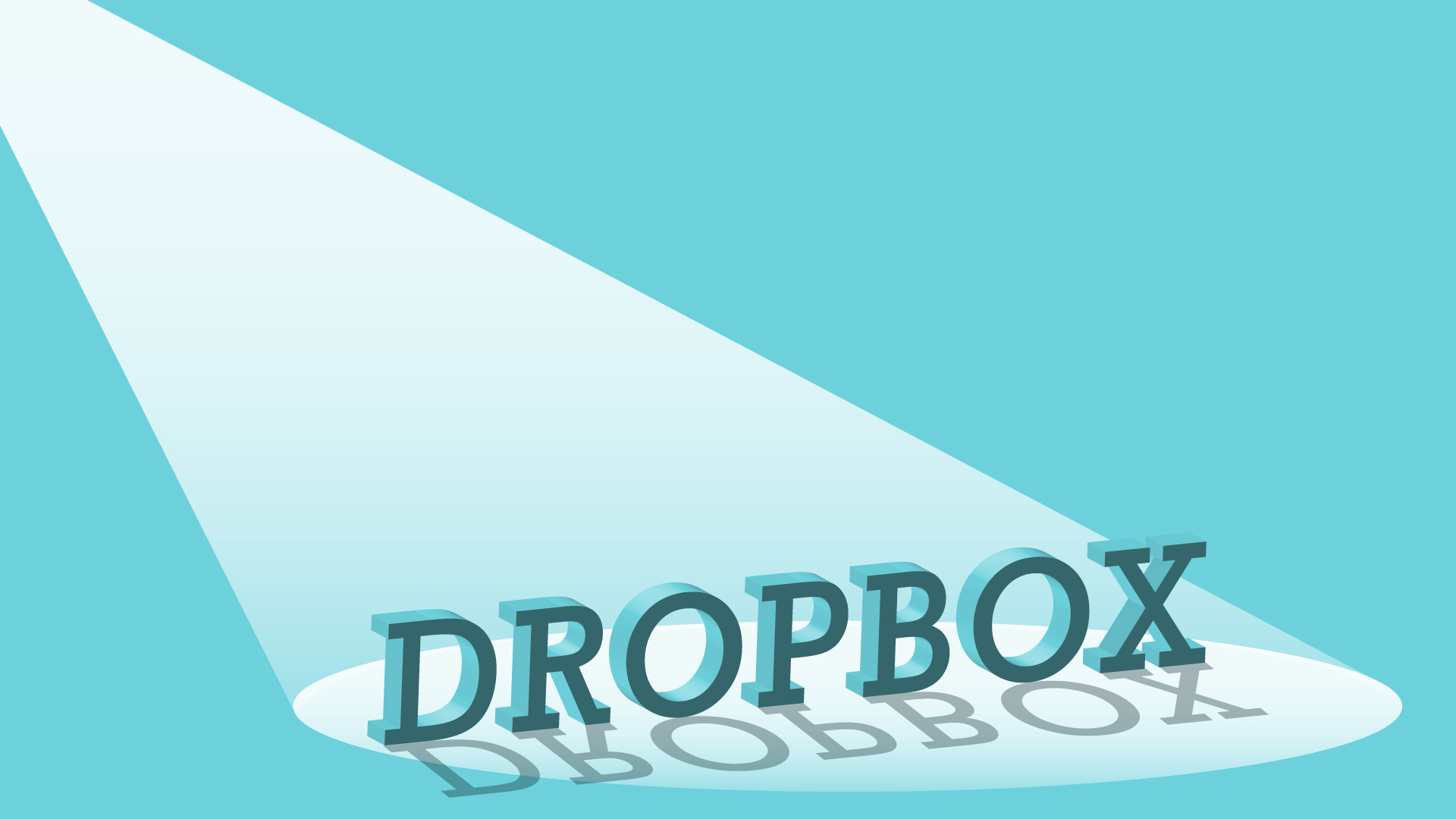
 File synchronization and sharing doesn’t need much more than a one word explanation: Dropbox. Though mostly used by smaller teams and consumers, Dropbox recently decided to jump into the ring as a major business and enterprise provider, rapidly increasing its market credibility with both G-Suite and Salesforce integrations.
File synchronization and sharing doesn’t need much more than a one word explanation: Dropbox. Though mostly used by smaller teams and consumers, Dropbox recently decided to jump into the ring as a major business and enterprise provider, rapidly increasing its market credibility with both G-Suite and Salesforce integrations.
Powering companies as diverse as Hewlett Packard, National Geographic, and Spotify, Dropbox Business is one of the foremost content management platforms on the market. As a cloud-based solution, Dropbox simplifies your work by giving you a centralized location to store, access, organize, and share all of your company files.
As a file-synchronization system, it is second to none. Considering Dropbox quite literally invented the designated folder model of cloud-based syncing we see everywhere today — we see you, OneDrive, iCloud, and Creative Cloud — this is unsurprising. Who better to turn to for easy-as-pie EFSS than the company that gave it to us?
One of the biggest draws of Dropbox is its efficiency. A lot of companies sell themselves on collaboration as the big reason you should turn to them. It’s all about being able to work on the same document side-by-side with a coworker in a different location — the ability to quickly share that important business proposal with your co-writer in Akron, right? The problem is, you can’t collaborate efficiently if you aren’t able sync efficiently. And this right here is where Dropbox is untouchable, providing companies like yours with near real-time collaboration.
They do it with what’s called “block-level file copying.” When you initially upload a file to Dropbox, it gets scanned and broken up into 4MB chunks, or blocks. The next time you sync that file, Dropbox identifies which blocks have changed, and only uploads those.
Here’s an example using the phrase “I LIKE JNT TEK.” If we were to chunk that phrase up by character, we’d get something like this:
I| |L|I|K|E| |J|N|T| |T|E|K|
But what if we were to realize we’d made a mistake? We don’t just like JNT TEK… we LOVE it? In this case, only two “blocks” would need to be copied: the letters ‘O’ and ‘V’ in love, replacing the ‘I’ and ‘K’ in like. Like so:
I| |L|O|V|E| |J|N|T| |T|E|K|
How do other solutions do it? With what’s called “file-level copying.”
The difference is staggering, as evidenced by a speed test run by the cloud-solution review site Cloudwards. When they compared the upload times of a 250MB file, they found that Google Drive did it in 3 min 07 sec, OneDrive did it in 3 min 45 sec, and Dropbox did it in 4 min 32 sec. Now, this sounds really slow, until you remember that for Dropbox this only reflects the initial upload time. When Cloudwards modified the file and synced it again with Dropbox, the upload time was head-spinning: only 13 seconds.
On subsequent syncs Google Drive and OneDrive would have copied the whole file all over again.
A lot of these companies tout their initial upload speed as the thing that sets them apart. What they fail to mention is that the real test comes when changes are made to a file. It would be a joke to call that speed test a race. In the real world, Dropbox would be blazing a path across the finish line before Google Drive could get its shoes tied, and poor OneDrive wouldn’t even be at the track — it’d still be at home, carb-loading on Corn Flakes.
Not only does block-level copying reduce the amount of time it takes for you to share edits with your coworkers, it also reduces bandwidth use — and that’s great for your bottom line. Why upload a file all over again every time you make a tiny edit? The inefficiency of that synchronization methodology beggars belief.
One of the things most often overlooked by companies making the leap to the cloud is internet speed. Because cloud computing requires a lot more bandwidth than you’d previously used, it can be a pretty substantial hidden expense for companies making the switch. With Dropbox, thanks to its unrivaled efficiency, that expense is drastically reduced.
But despite its efficiency as a file sharing system, Dropbox still faces stiff competition from more established providers — remember, it is still fairly fresh to the enterprise space, which could give larger businesses some pause. In addition to Microsoft’s OneDrive, it has to overcome the significant market share held by the similarly named Box, which since the outset has been primarily geared towards providing large enterprise companies with a flexible work platform alongside solutions to more complex content management issues. As a result, Dropbox lags in two key ways: it provides fewer integrations options, and it’s a bit more expensive (though not prohibitively so).
There are a couple of other things you’ll want to keep in mind. If you are using Dropbox (or Box) and syncing files to your desktop, then there are also considerations that need to be made as to how large of a hard drive you require. Depending on the type of files being worked on or synced, it might be necessary to redetermine RAM or processor needs as well. Bear in mind, your syncing needs might also change for your mobile workforce, so mobile device specs should be reconsidered alongside those of your desktop hardware.
Collaboration and flexibility of use are two of the biggest advantages of Dropbox, but there are potential security issues in the offering that must be taken into account. One of the scarier scenarios is what can happen if a user accesses their account on an unsecure network at home or while traveling. If not careful, your workers can inadvertently expose your sensitive company data to hackers via “man in the middle” attacks.
Also of concern is the accessibility of data after an employee leaves the company. If an employee had access to Dropbox as part of their position, then globally revoking their access (read: on all devices) would need to be part of your company’s employee offboarding process.
While there is a lot to consider, including the potential security risks, making the transition to Dropbox has provided our clients with innumerable benefits. As a file-synchronization and content management platform, it really is second to none.
I mean… those block-level upload speeds, right?
Contact JNT TEK today to plan your company’s transition to Dropbox!




CONNECT WITH US!